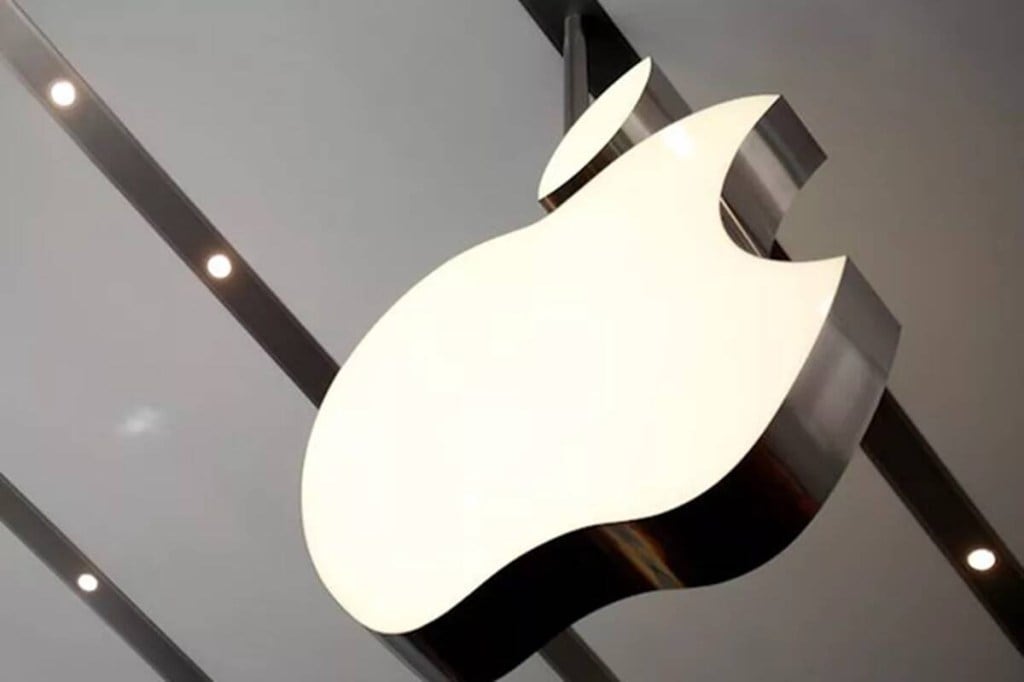Advanced RISC Machine (ARM) processors have become the mainstay for mobile phone and tablets, but companies have not used these for their laptops. Those that did try—a Microsoft, Lenovo and Samsung—using Qualcomm chips, were not too successful owing to the absence of an ecosystem of apps. However, Apple relying on ARM for its laptop processors may bring back interest.
‘System on a chip’—which is what ARM fundamentally is—is the future of computing; this integrates all CPU power, RAM and processing on a single chip. This makes it more efficient for parts of a computer to communicate with each other. A move to ARM is also a shot in the arm for RISC (reduced instruction set computer)-based architecture, which ultimately entails longer battery life, slimmer laptops and better integration with other devices.
Besides, Intel, based on complex instruction set computer (CISC) architecture, is reaching the end of its computing capability. As communication between different parts of a computer gets more complex, more transistors will be needed to be fitted on a chip. CISC has nearly peaked in this regard. RISC requires fewer commands than CISC, so it needs fewer transistors to communicate with each other.
Apple, in this case, has further advanced its capabilities as it is using 5nm processors. So, it can place more transistors on a chip which interact less with each other.
However, for Apple’s, or for that matter, any company’s ARM bet to be successful, they will still need to convince developers to redesign apps from scratch.
Millions of code will need to be rewritten to be able to run the apps. While Apple is offering software, which will help transition some apps, unless developers like Microsoft, Adobe do not create native apps, new laptops will not show drastic efficiency gains.

